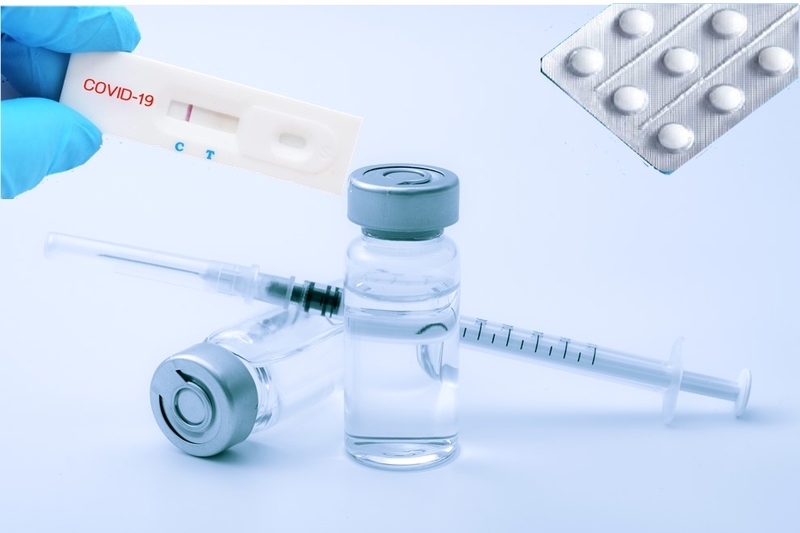
With the largest particle accelerator in the southern hemisphere, Australia could hold the key to fast-tracking the development of a vaccine for coronavirus.
Called Synchrotron, the particle accelerator allows researchers to see the structure of key proteins in a virus and how they interact with other molecules. This ability will be extremely advantageous in the development of a vaccine or treatment regimen.
In getting a sound understanding of the positions of critical components of these proteins, companies can develop drugs that bind to these proteins and potentially prevent or treat disease.
“You need to know what the protein looks like so you can design a drug to attach to it,” Synchrotron director Professor Andrew Peele said. “It’s like designing a key for a lock, you need to know the dimensions of the keyhole.”
While many proteins in the virus have already been mapped, researchers from Australia’s Nuclear Science and Technology Organisation are constructing molecular structures of COVID-19 proteins. Once established, the clear 3D image will be made available to other coronavirus researchers.
In the meantime, the British Government aims to have millions of rapid detection coronavirus tests available in pharmacies and online stores. These tests can detect coronavirus antibodies from a self-administered finger prick.
Researchers at a leading university are completing work on a new test that can detect whether someone has already beaten the virus.
While the test does not detect whether someone is currently infected with the virus, it can determine if a person has already had the virus and recovered.
Initially, the tests will be reserved for hospital patients, health care staff and other essential workers, but will eventually be available for the general public to test themselves.
The tests are aimed at detecting which people have already had coronavirus and recovered from it so that they can return to work and go back to living their lives.
Japan is also driving efforts team up with unlikely partners to develop drugs that could cure COVID-19 patients
Japan’s health minister, Katsunobu Kato, had enlisted Fujifilm, a camera and imaging company, to help fight COVID-19.
Kato hopes to use an existing drug could be used to treat patients. One candidate was an anti-influenza drug, which had been developed decades earlier by the Fujifilm subsidiary Toyama Chemical.
Working incessantly, the team drew up contingency plans for ramping up production of the drug, coordinated with clinical researchers throughout Japan and aided in getting the drug to hospitals where its use had been approved by the government as an emergency measure to treat dozens of COVID-19 patients.
While there is not yet any detailed data supporting the drug’s effectiveness as a COVID-19 treatment, there are some reasons for optimism. At least one of the clinical trials will conclude at the end of June and will provide much-needed data.
According to a recent report, Fujifilm has discussed the possibility of the drug’s trials in the US with the FDA and the US Department of Health and Human Services.
While most countries have imposed versions of a lockdown, they are also exploring every avenue that could lead to a diagnostic, treatment and/or a vaccine.
Countries across the world are working overtime to get solutions to combat the COVID-19 pandemic deploying technology and tool as best they can.
















